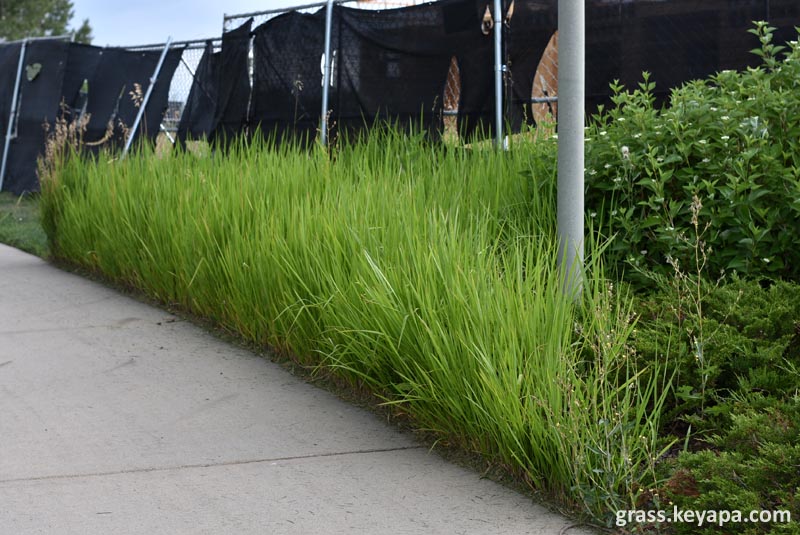
Imperata cylindrica (Cogon grass) in the USA exists in two divergent forms.
The first is the wild type form, which is considered cold-intolerant, fairly large, very aggressive, and has uniformly green leaves. In contrast, an ornamental variety that is very cold-tolerant has reddish-green leaves and is much shorter than the wild form. It is also less aggressive and typically cannot extirpate competing plants. This second variety is widely sold in some states as Japanese Blood Grass, although it is banned in others due to the fact there have been cases where the ornamental form has spontaneously reverted to the wild type form (Cseke and Talley, 2021).
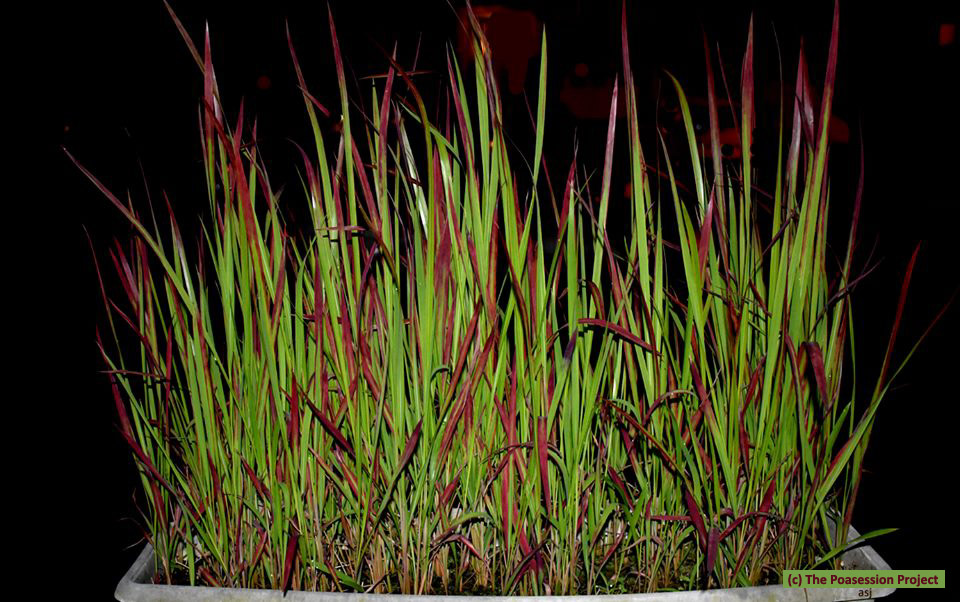
During a stay in Colorado in 2023, I chanced upon wild type cogon grass (Imperata cylindrica) in the streets of the town of Broomfield. In some cases, these cogon grass stood next to the much smaller reddish tinged ornamental forms of the species, which strongly indicates that the wild form was derived from the ornamental via reversion events.
The state authorities were duly informed, and they sent over people to take samples for the state university, which confirmed the identification to Imperata cylindrica. A second investigator was then sent out to determine the extent of the infestation, and the species was presumably eradicated, with the area now being actively monitored.
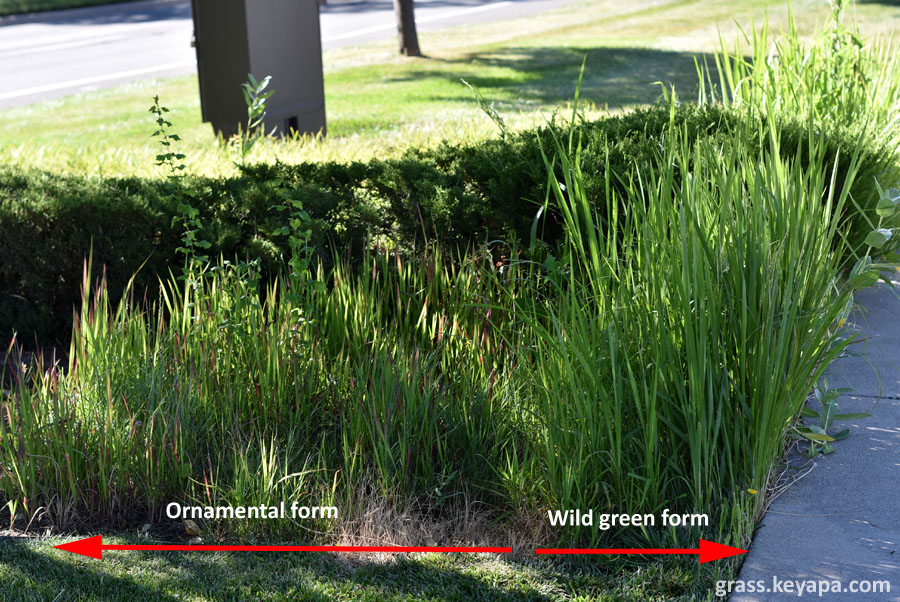
With regards to the origin of the infestation, my first idea was that the reversions were relatively recent events, and that the continued survival of the wild type (and presumably cold-intolerant) forms were due to mild winters. But a check of the previous five years in the town showed that temperatures in December (the coldest month in the town) still fell to below freezing on a regular basis, although the average for the month was above zero.
| Month | Minimum (degrees C) | Maximum (degrees C) | Average (degrees C) |
| Dec 2022 | -26 | 18 | 0.5 |
| Dec 2021 | -11 | 22 | 4 |
| Dec 2020 | -11 | 18 | 2 |
| Dec 2019 | -9 | 18 | 2 |
| Dec 2018 | -15 | 16 | 0.5 |
I then confirmed the existence of these wild types across several years through the use of Google Street View.
In 2021, what seems to be flowering all-green Cogon grass can be clearly seen in a screenshot of one of the infested plots.

Going even farther back to 2018 still shows what seems to be flowerheads of I. cylindrica in the same plot, which indicates that the wild type forms were present even then.
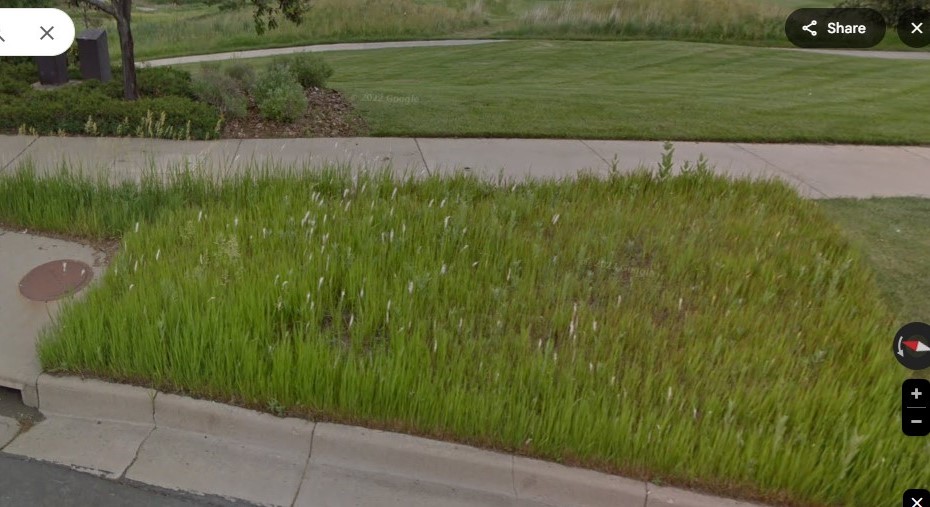
These two facts when considered together indicate that the wild type reversion is cold hardy and able to survive multiple winters. In addition, the aggressive nature and capabilities of the revert can be inferred from some of the plots, where the cogon grass has been able to push back competitors such as Bromus inermis. This tall species is an aggressive invasive in the state, and would have been fully capable of extirpating the ornamental forms of cogon grass (Fink and Wilson, 2011; Palit and DeKeyser, 2022). In other plots nearby with no I. cylindrica, it has completely taken over, excluding most other plant species.
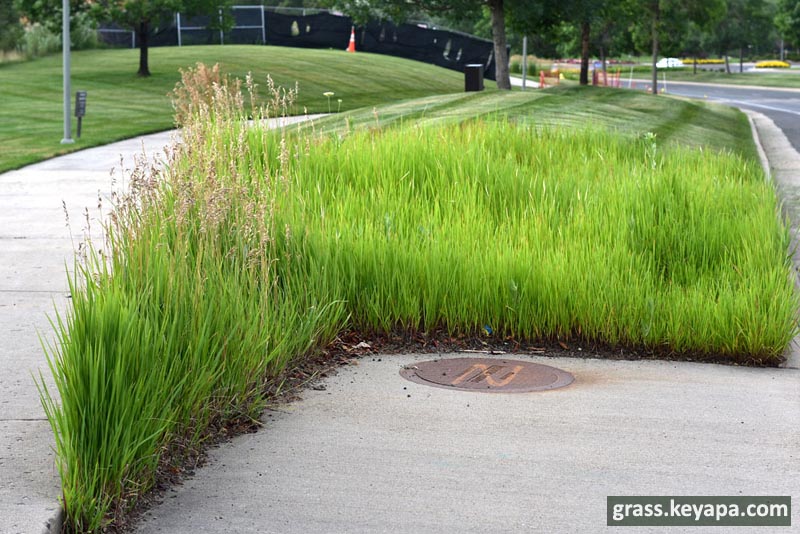
One of the earlier fears about the sale of the ornamental form was that it might interbreed with nearby wild type forms to produce cold hardy cogon grass that now have the ability to spread and invade temperate areas. The rarity of flowering in ornamental forms mitigates this likelihood, but the creation of cold hardy and aggressive reverts creates equally serious potential problems.
Literature Cited
Cseke, L. J., Talley, S. M. A (2012). PCR-based Genotyping Method to Distinguish Between Wild-type and Ornamental Varieties of Imperata cylindrica. J. Vis. Exp. (60), e3265, doi:10.3791/3265.
Fink, K. A., & Wilson, S. D. (2011). Bromus inermis invasion of a native grassland: diversity and resource reduction. Botany, 89(3), 157-164.
Palit, R., & DeKeyser, E. S. (2022). Impacts and drivers of smooth brome (Bromus inermis Leyss.) invasion in native ecosystems. Plants, 11(10), 1340.

Leave a Reply